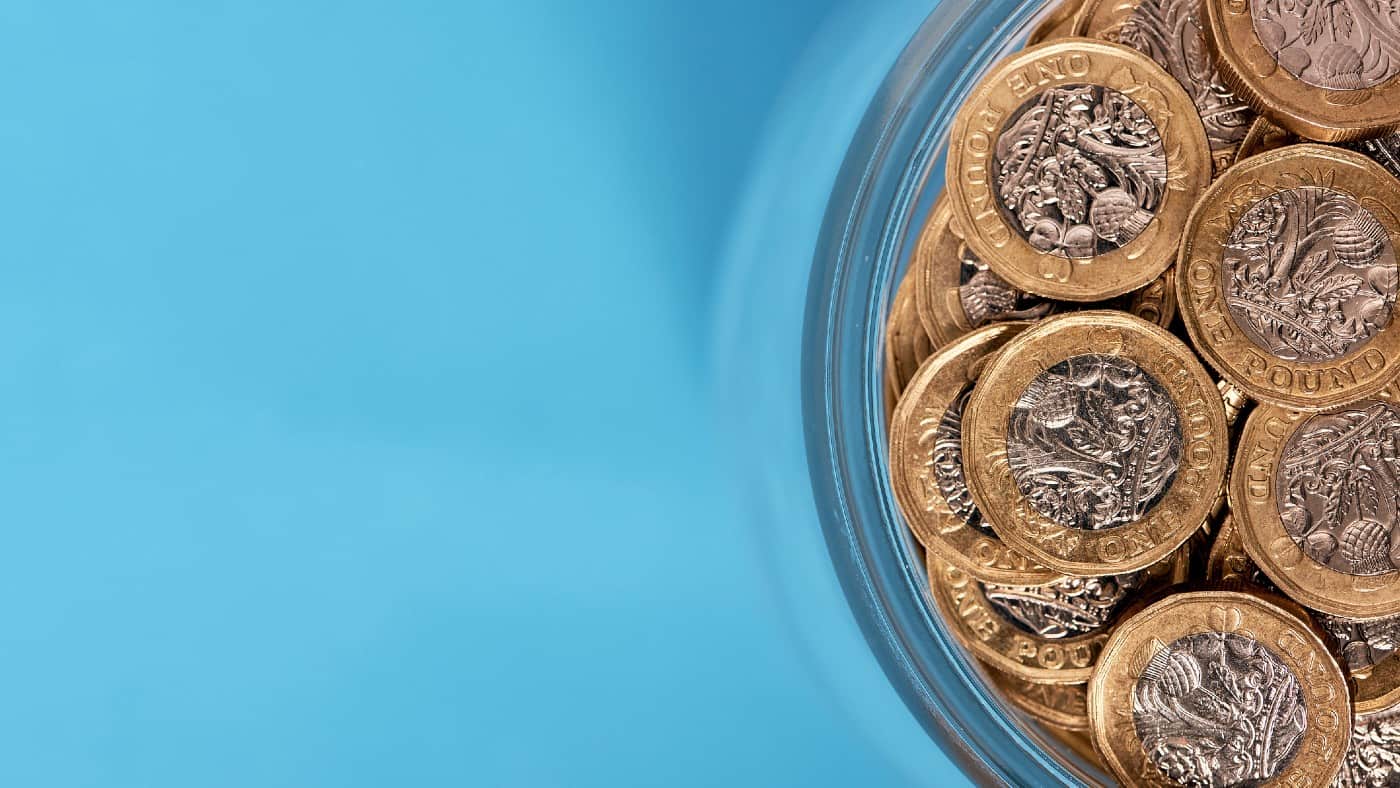When it comes to dividends shares, I think UK investors are spoilt for choice. There are hundreds of high-quality income stocks on the London market.
Still, choosing between these companies can be challenging. Nevertheless, I have a list of 10 income stocks I believe are no-brainer buys at present. I would acquire all the companies outlined below for my portfolio today.
Trading income
The first two companies on my list are CMC Markets (LSE: CMCX) and IG Group (LSE: IGG). Both of these firms specialise in providing financial services, mainly CFD trading, as well as stockbroking services. Trading services like these can be quite profitable because the operator only takes a small commission or profit on each transaction.
Should you invest £1,000 in Meta Platforms right now?
When investing expert Mark Rogers has a stock tip, it can pay to listen. After all, the flagship Motley Fool Share Advisor newsletter he has run for nearly a decade has provided thousands of paying members with top stock recommendations from the UK and US markets. And right now, Mark thinks there are 6 standout stocks that investors should consider buying. Want to see if Meta Platforms made the list?
Unfortunately, it can also be a cyclical business. Customer activity levels tend to rise and fall with market volatility. So some investors may not be comfortable owning these shares.
Still, I think the potential for these companies to earn money in volatile periods gives them a sort of defensive nature. That is why I would buy both stocks for my portfolio of dividend shares.
Due to regulatory requirements, these companies also have to maintain robust and cash-rich balance sheets. This adds another layer of protection to the dividend, although it also adds a layer of uncertainty if regulations suddenly change.
At the time of writing, CMC supports a dividend yield of 4.2%. The payout is covered more than twice by earnings per share (EPS). Shares in IG offer a yield of 5.6%, and the payout is covered 1.6 times by EPS.
Utility dividend shares
No article about dividend stocks would be complete without mentioning a utility provider. In this sector, I would buy SSE (LSE: SSE).
At the time of writing, the stock supports a dividend yield of 5%. However, what I am really excited about is the group’s growth potential. The company’s management is pursuing plans to triple renewable energy output by 2030. This includes plans to build the world’s largest offshore wind farm.
If it hits these targets, SSE will become one of the largest renewable companies in the world. I think that is incredibly exciting, and this growth should support further dividend expansion in the years ahead.
Challenges the company may face as it pushes ahead include regulatory changes and the high costs of developing its flagship wind farm project. If costs rise too much, management may have to reduce shareholder returns.
Special distributions
I already own shares in the insurance group Admiral (LSE: ADM), and would not hesitate to buy more for my portfolio. This company has one of the best reputations for income in the FTSE 100. It does not look as if that is going to change anytime soon.
Admiral is highly profitable and well-managed. As one of the largest car insurance companies in the UK, its size means it has economies of scale competitors cannot match, which feeds through to the group’s bottom line.
After recently selling its comparison business, the company is returning additional amounts of cash to investors. Including the special distributions, the stock is set to yield nearly 11% this year and 6.3% for 2022.
Challenges the company may face in the future include competition and regulatory headwinds, which could impact profit margins.
Buy-and-build model
When I am looking for dividend shares, I try to look outside the box. Rather than focusing exclusively on companies with high yields, I also consider the prospects of corporations that have a good track record of increasing their distributions.
That is why I would also buy Bunzl (LSE: BNZL) and Halma (LSE: HLMA) for my portfolio. The distribution and health and safety companies have a long track record of growing successfully through a combination of acquisitions and organic expansion.
The management team at both organisations try to balance growth and shareholder returns. Therefore, the dividend payouts are relatively low in comparison to the company’s outlined above, but the potential for long term growth more than outweighs this lack of income in my opinion.
At the time of writing, Halma yields 0.6% and the payout is covered 3.3 times by EPS. The company’s annual dividend has risen 50% over the past five years. Bunzl yields 2% and the yield is covered 2.6 times by EPS. Its annual payout has also risen 50% in the past five years.
Still, past performance should never be used as a guide to future potential. Just because these companies have managed to grow their payout at a rapid clip in the past, does not mean they will continue to do so. A series of poor acquisitions could force their management to rethink growth plans.
Income from property
Investing in property is one of the most popular ways to generate a passive income. Owning publicly-traded property companies is one way I can replicate this approach. That is why Grainger and Secure Income REIT feature on the list of dividend shares I would buy today.
The former is one of the largest residential landlords in the country. Owning the stock allows me to build exposure to the buy-to-let industry without actually having to buy property. The latter is focused on buying properties with long-term leases, with annual rent increases linked with inflation. These include assets such as theme parks and supermarket property, with the overriding goal of generating a predictable, secure income year after year.
Grainger currently yields 2.1% and the payout is covered twice by EPS. Secure Income yields 3.8% with cover of 1.2 times. Challenges these companies could face in the future include higher interest rates and declining property values.
Diversification with dividend shares
I think one of the best ways to build a portfolio of dividend shares at the click of a button is to acquire an investment trust. That is why I already own the Murray Income Trust and would be happy to buy more for my portfolio. The trust currently supports a dividend yield of 3.8%, supported by the dividends from a diverse portfolio of income stocks, including AstraZeneca.
I would buy AstraZeneca as a standalone income investment too. With a dividend yield of 2.2% and dividend cover of 1.9 times, I think the company is a no-brainer income play. With earnings set to more than double over the next two years, I think the corporation has room to increase its dividend substantially.
The key risk with all the businesses in this article is that their dividends will prove to be unsustainable in a recession. This could lead to cuts.








